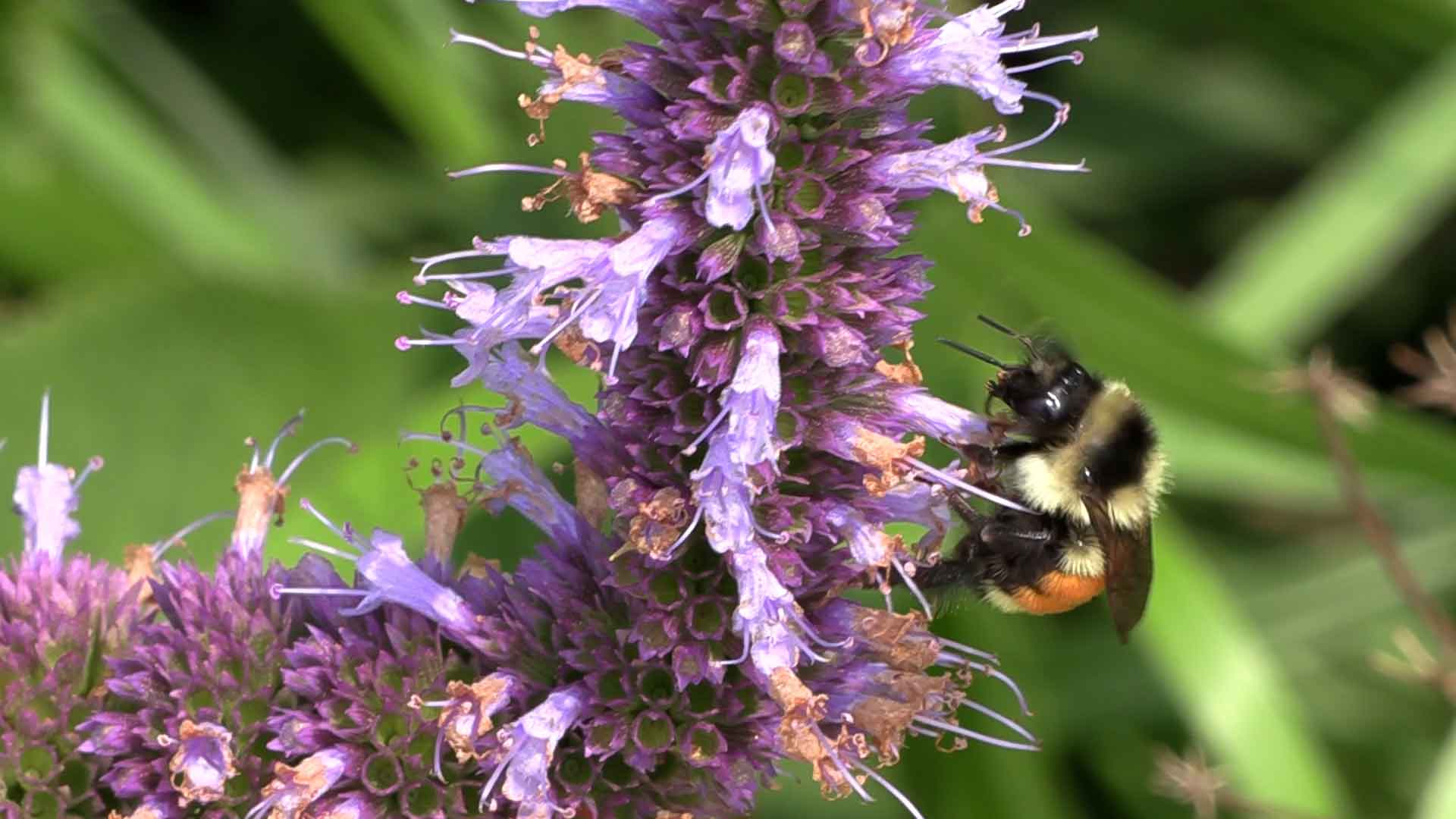
Pollinators are some of the most important members of the food chain. Without them, we wouldn’t have some of our favorite foods and plant species.
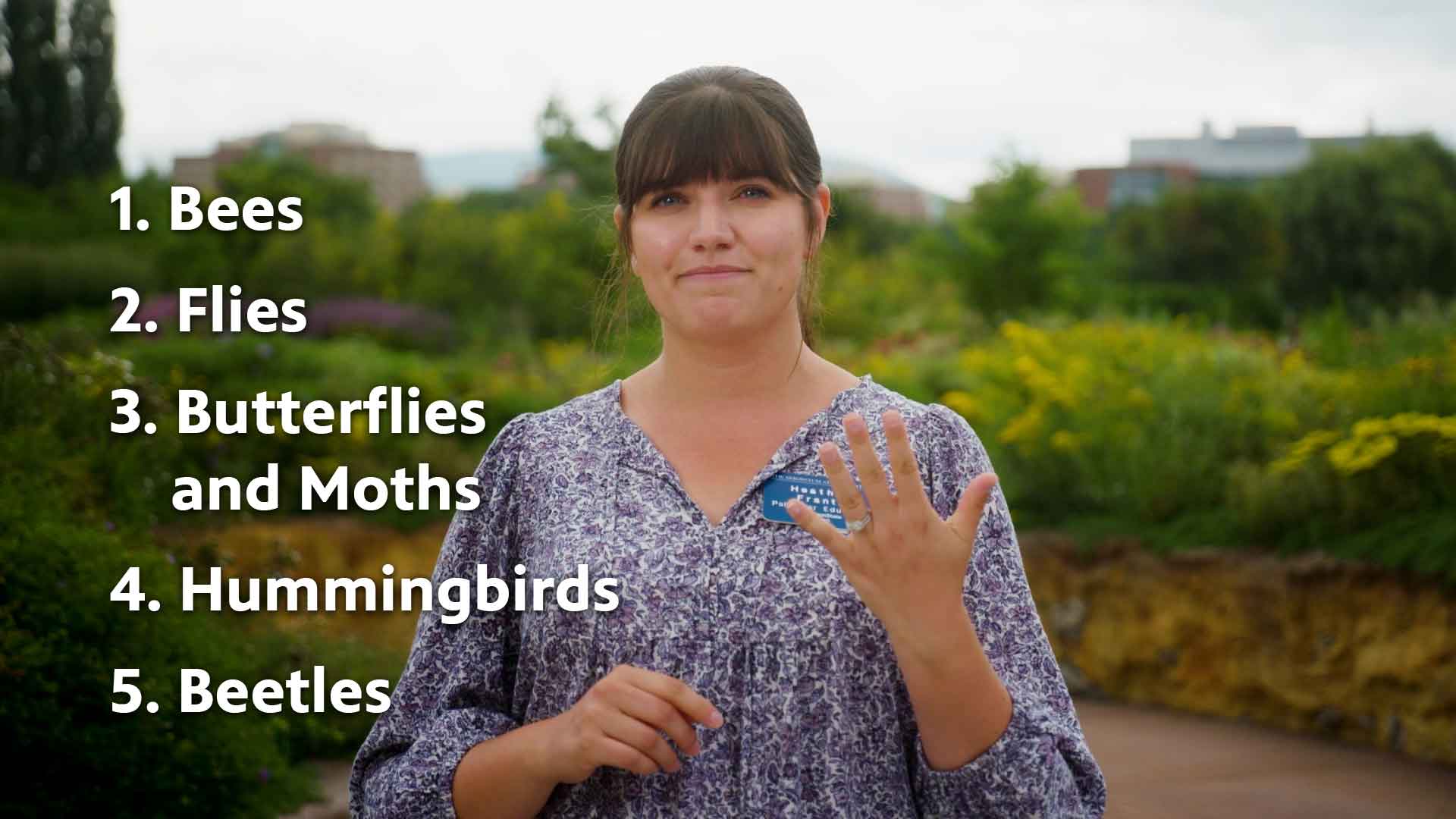
In Pennsylvania, the five main animal pollinators are bees, flies, butterflies and moths, hummingbirds, and beetles.
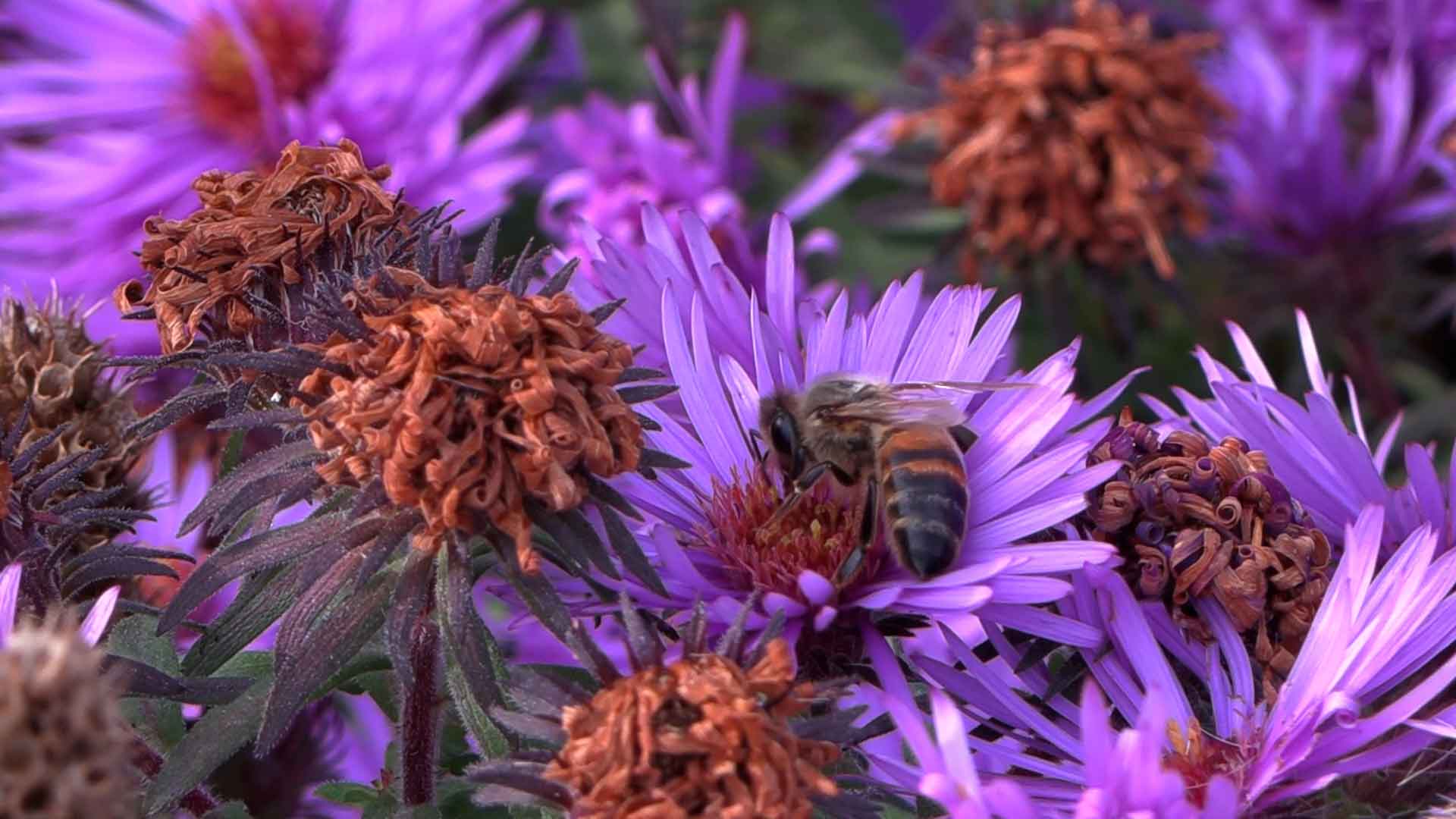
Bees have over 400 species. Bees eat nectar and pollen. Nectar is a carbohydrate that gives bees energy. Pollen has protein and fats that help bees grow and stay healthy. Some bees exclusively get their food from Willow Trees, which are available in the Pollinator Garden.
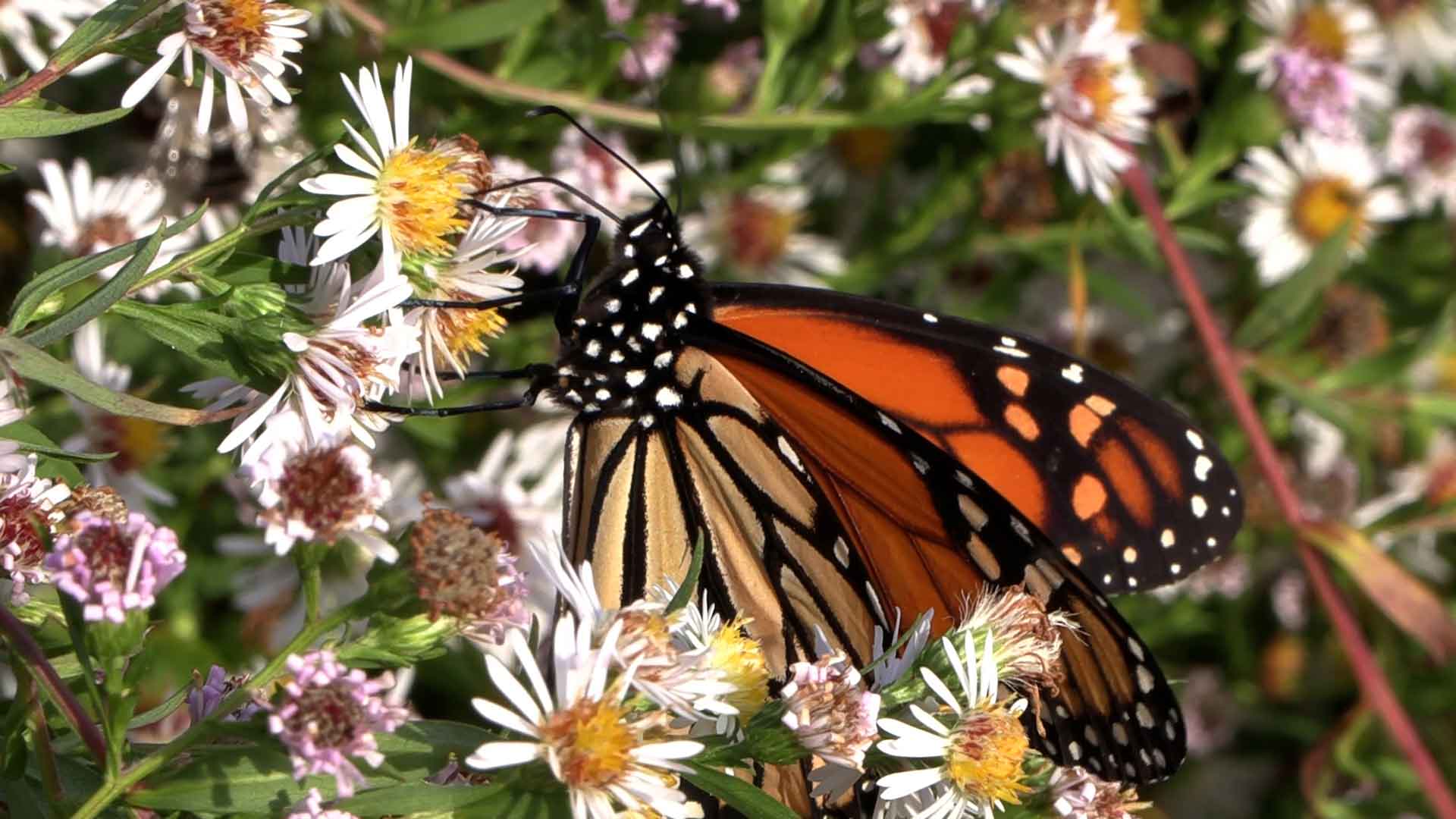
Unlike bees, butterflies only drink nectar from plants and flowers. They use their long tongue, or proboscis, to drink the nectar.
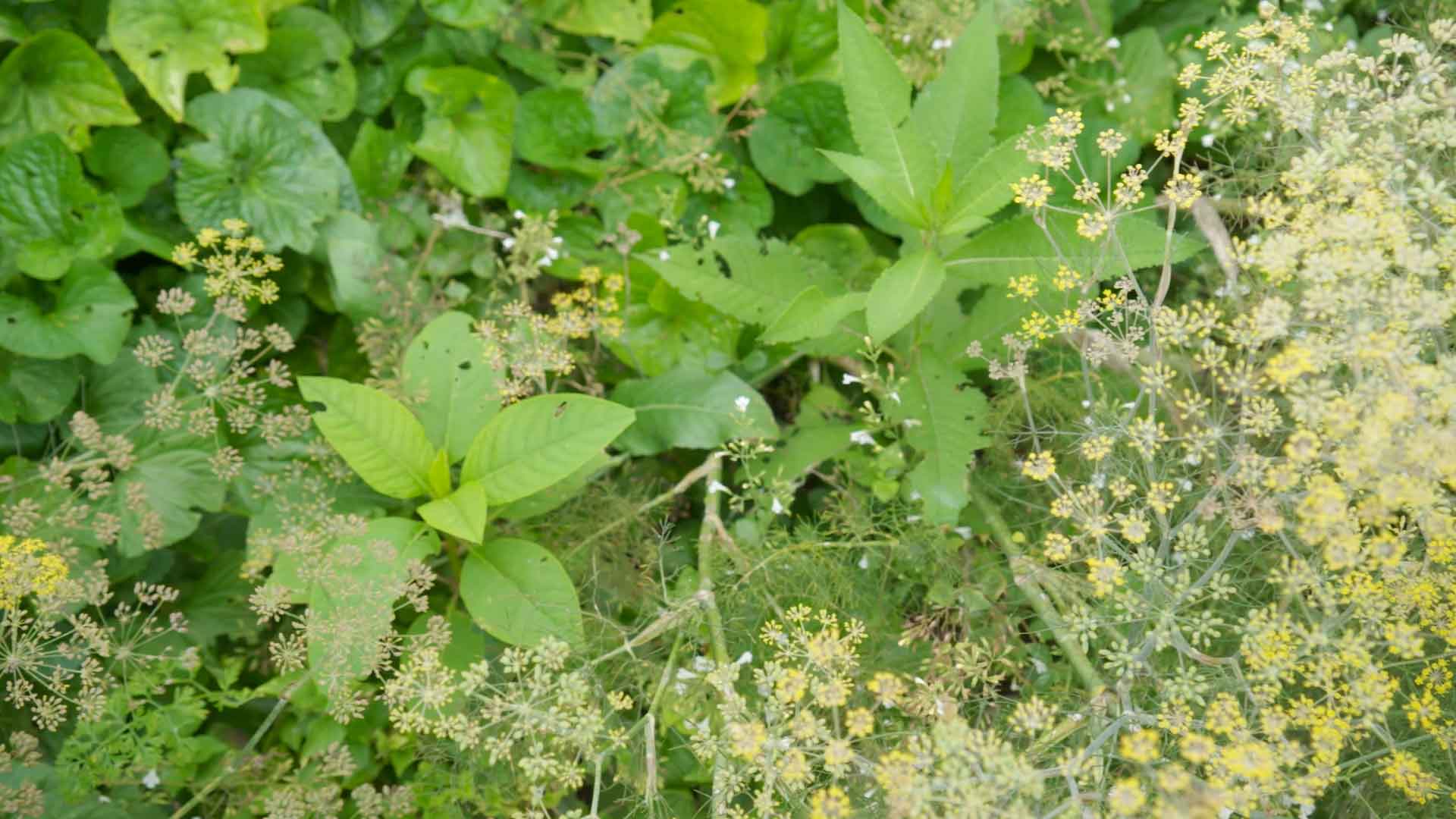
Butterflies start off as caterpillars who eat leaves and live on host plants. Caterpillars are very picky eaters.
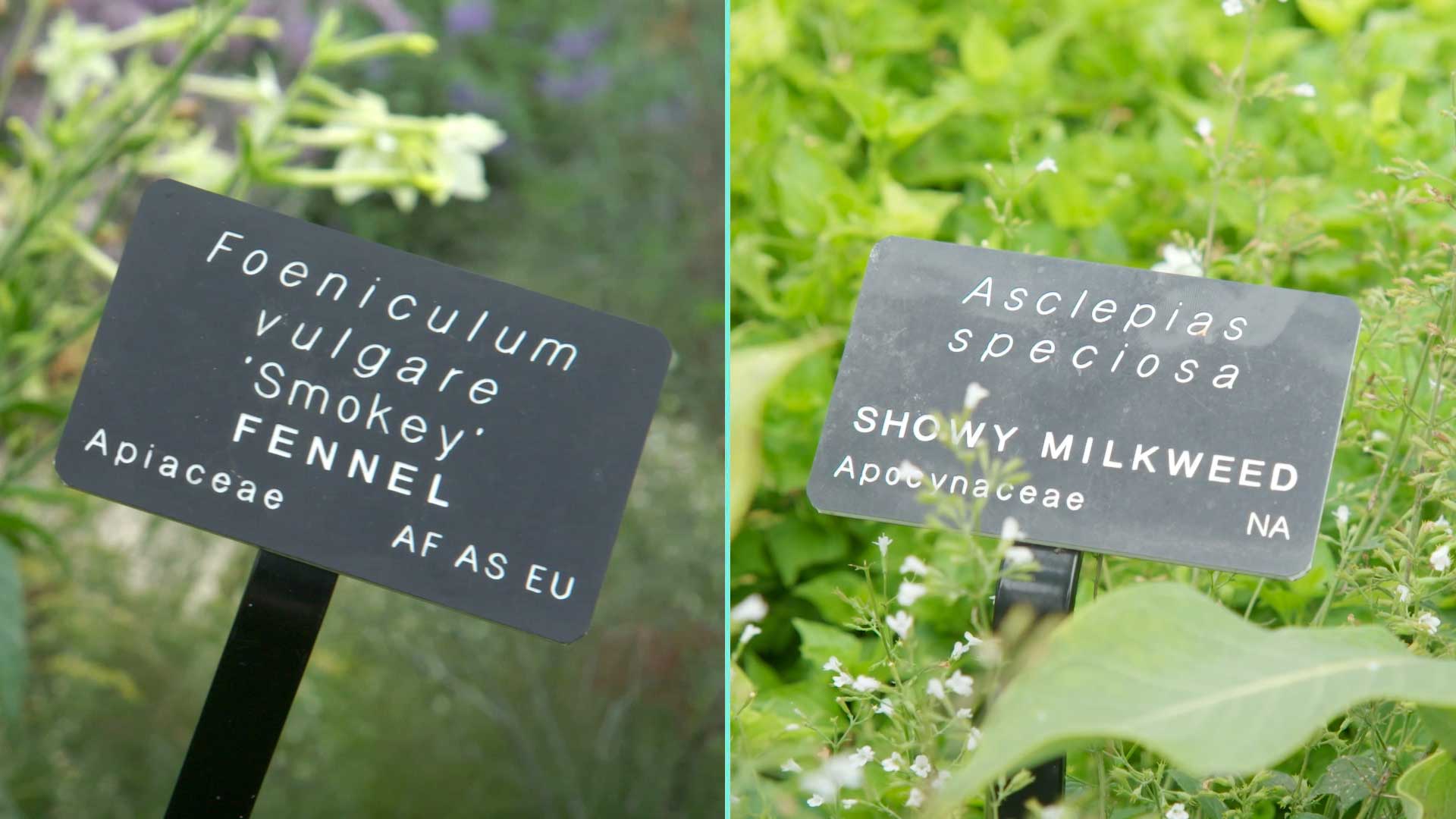
In order to create a plant menu for the many different insects with different needs and preferences require careful research and picking plants that meet a wide range of species.
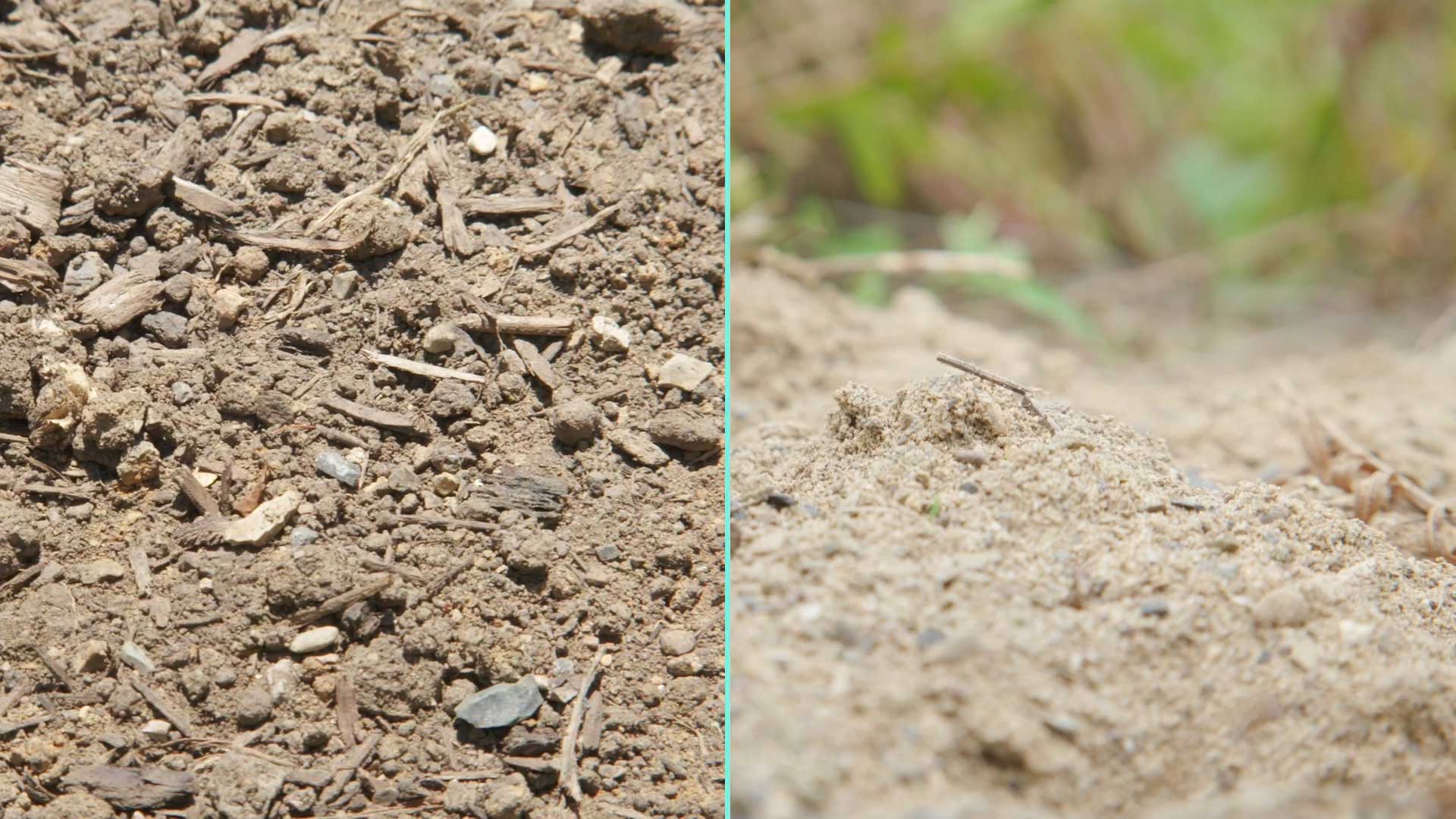
Different species of plants also require different kinds of soil. Some plants like deep, moist soil like woodland and marsh plants. Some plants like dry, sandy soil.
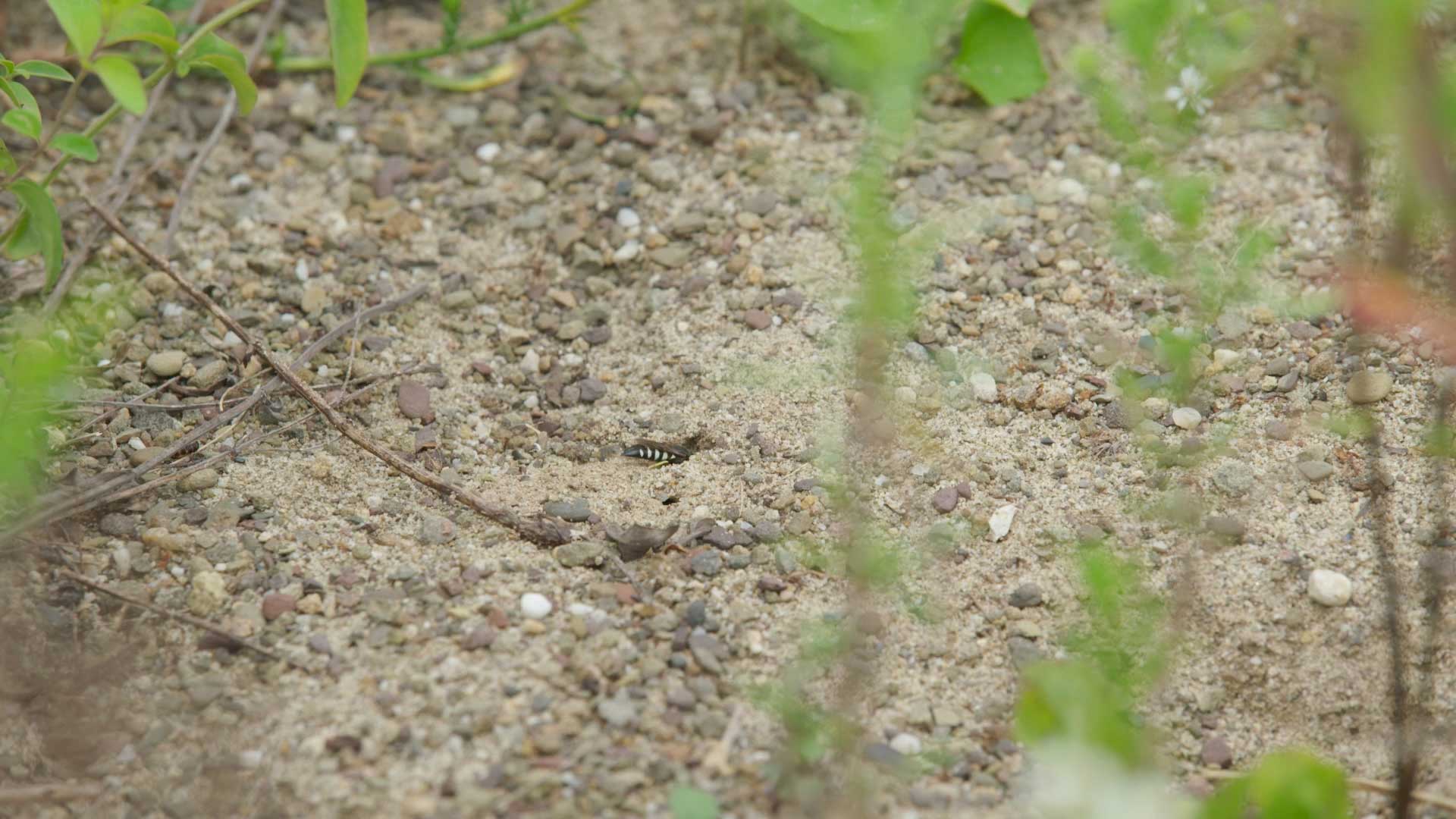
Some pollinators like ground nesting bees and wasps like to build their homes in dry, sandy soil.
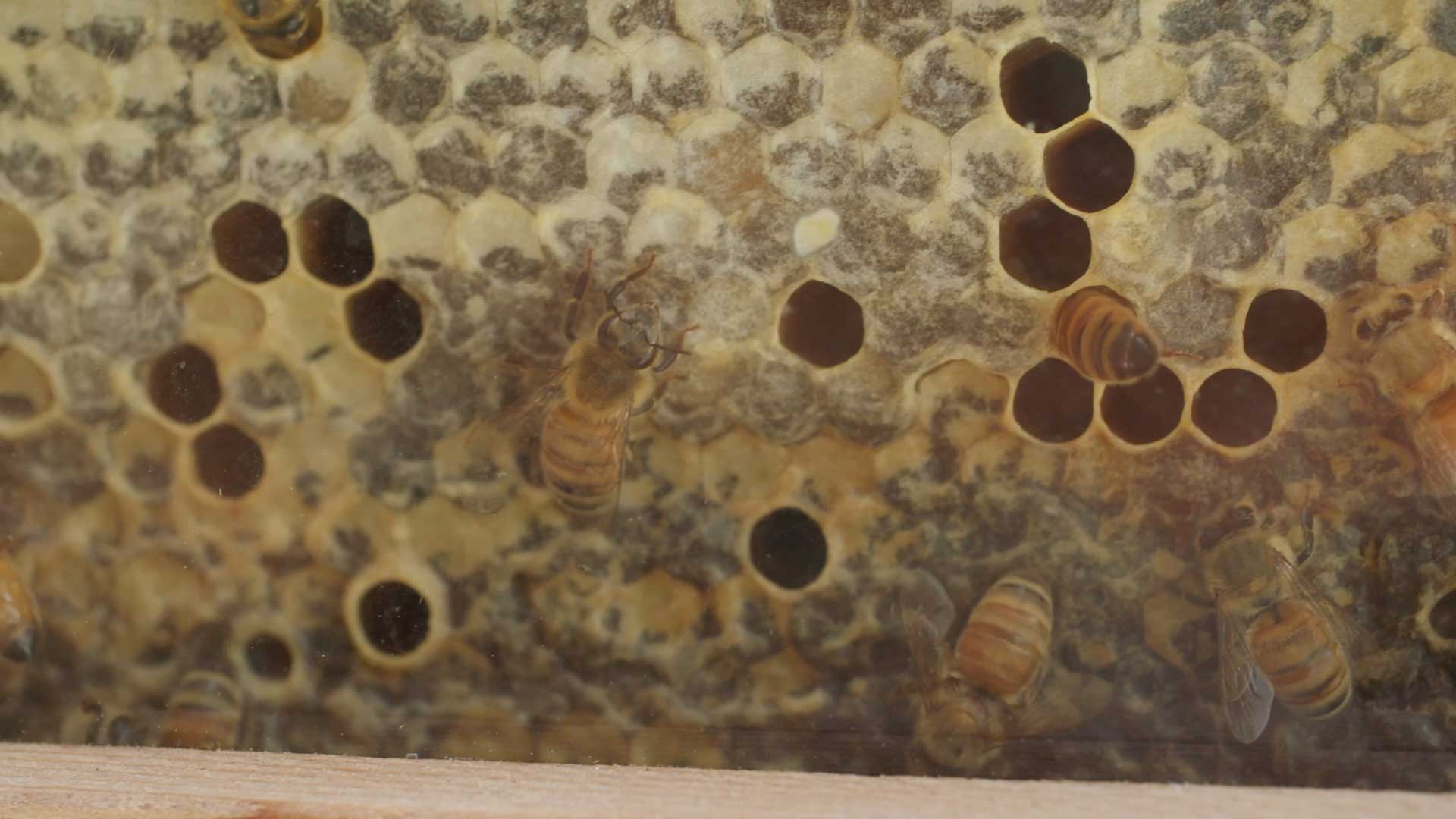
Pollinators also need homes to be safe and raise their young, or larvae. Honeybees like hives.
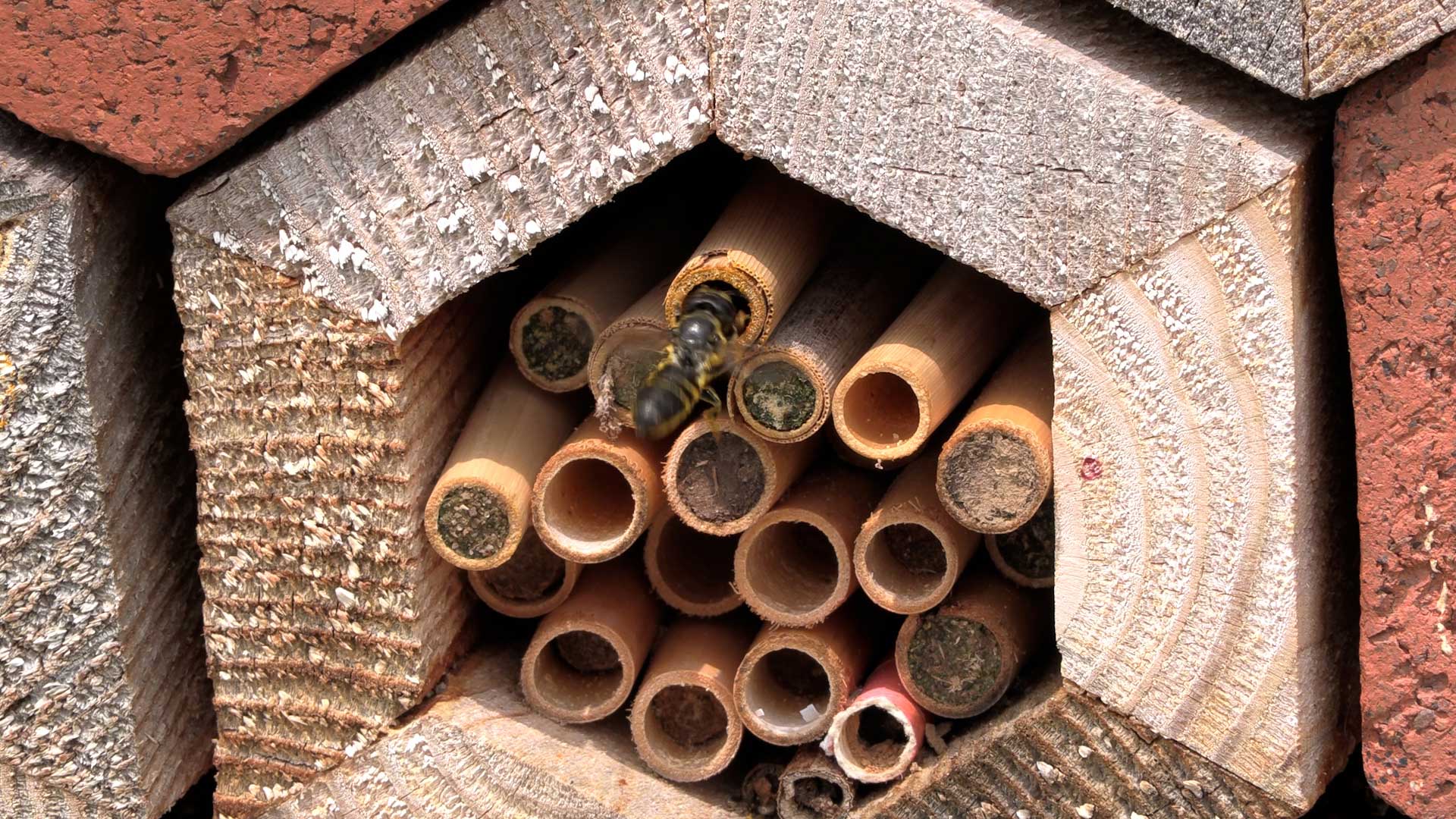
Solitary bees live alone, make their home, gather food, and raise the larvae on their own.
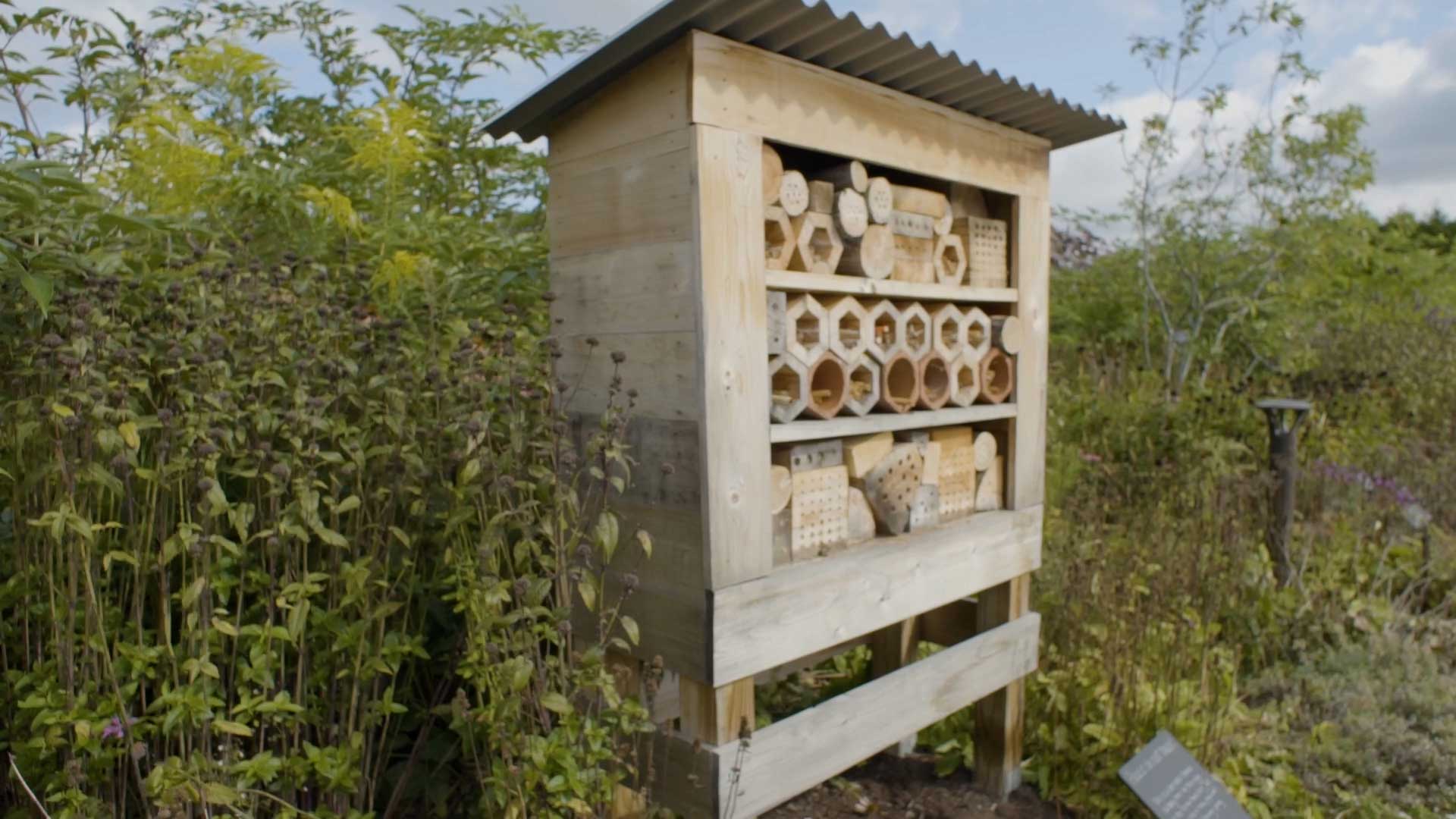
People can help solitary bees by building bee hotels.
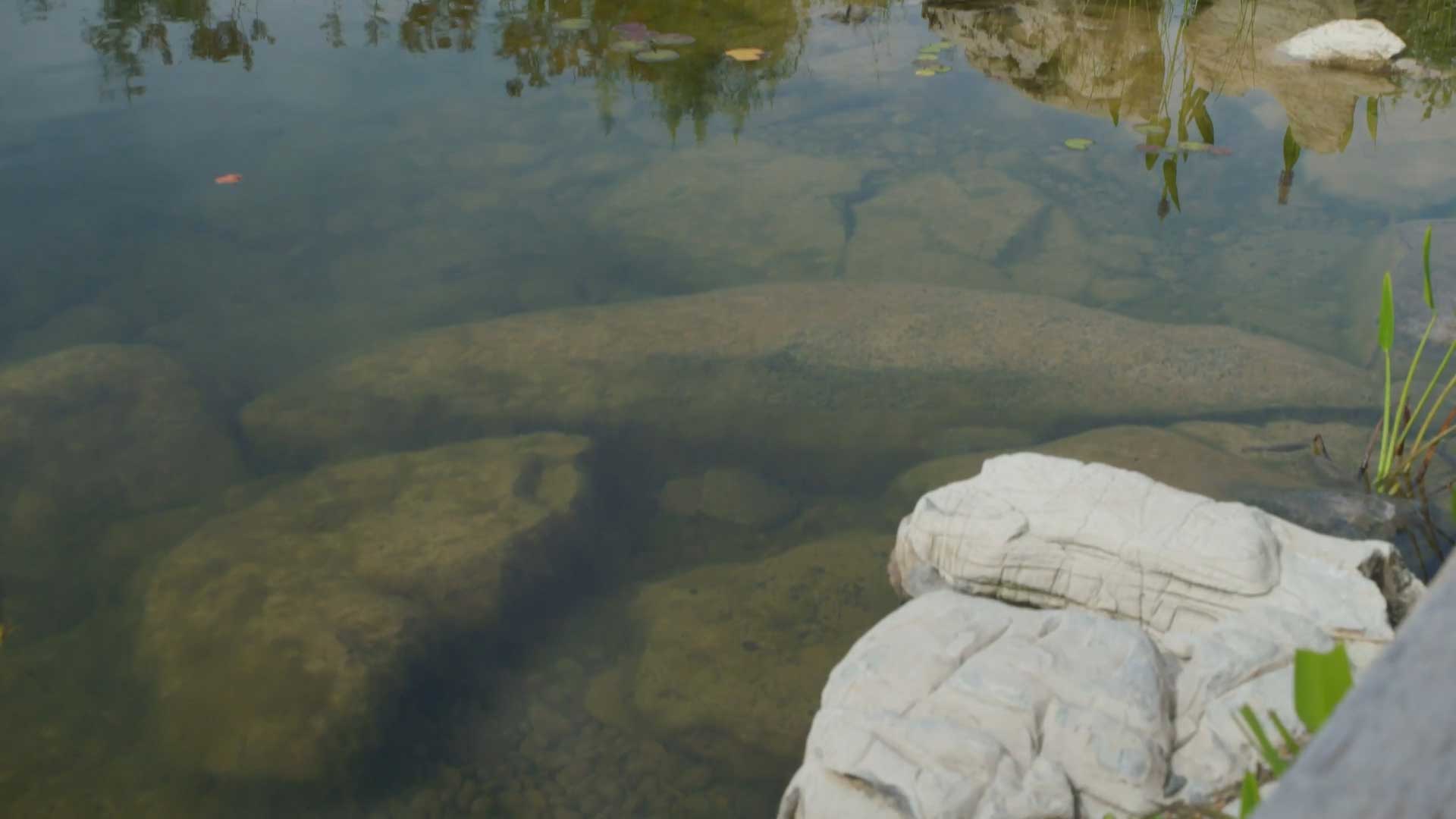
Insects also need shallow water to drink.
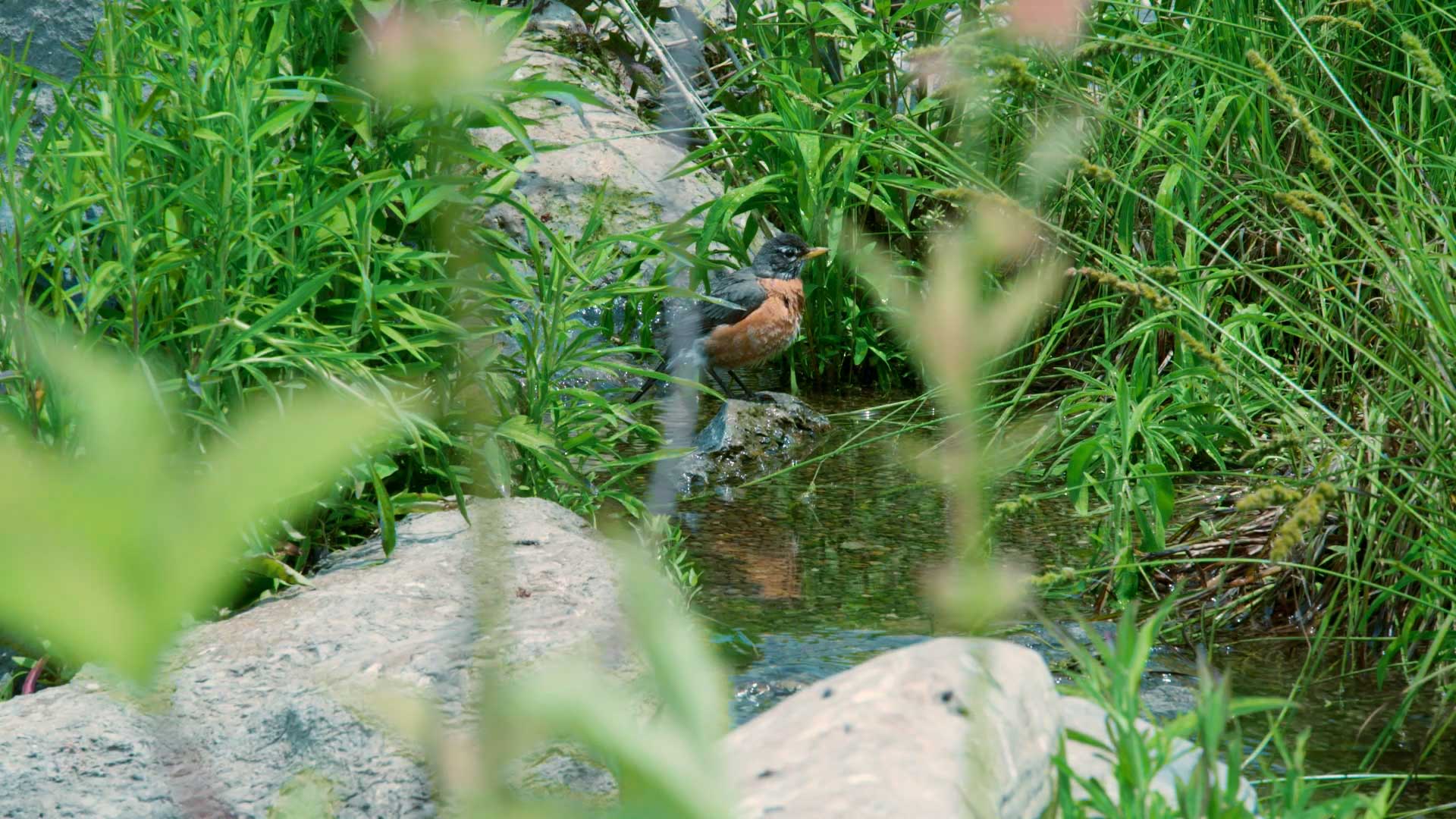
Ponds also support other animals like birds.
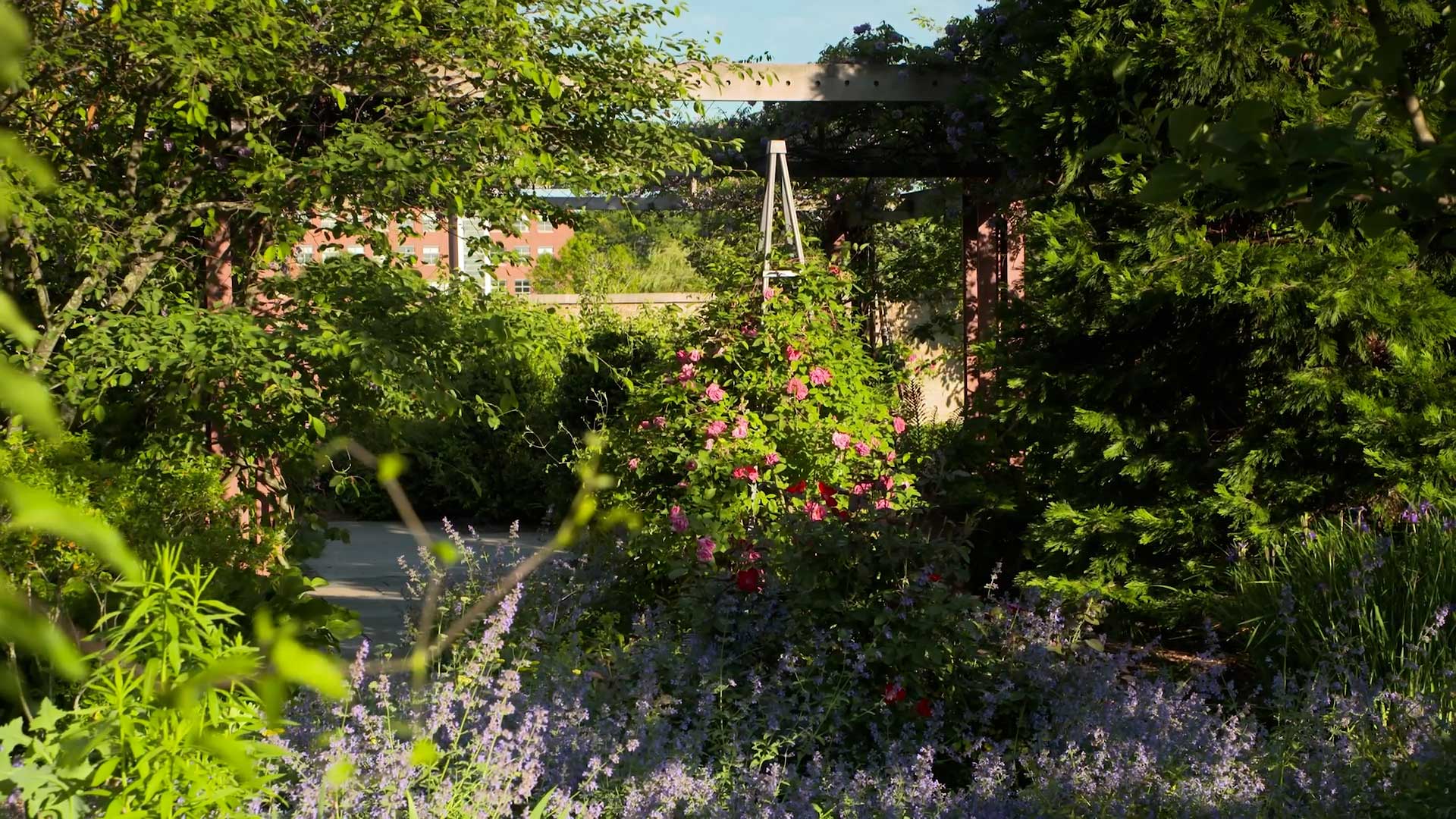
To build a pollinator garden, you just need to consider and plant for the plants that feed pollinators, the soil that supports the plants, homes for the pollinators, and a shallow water source.